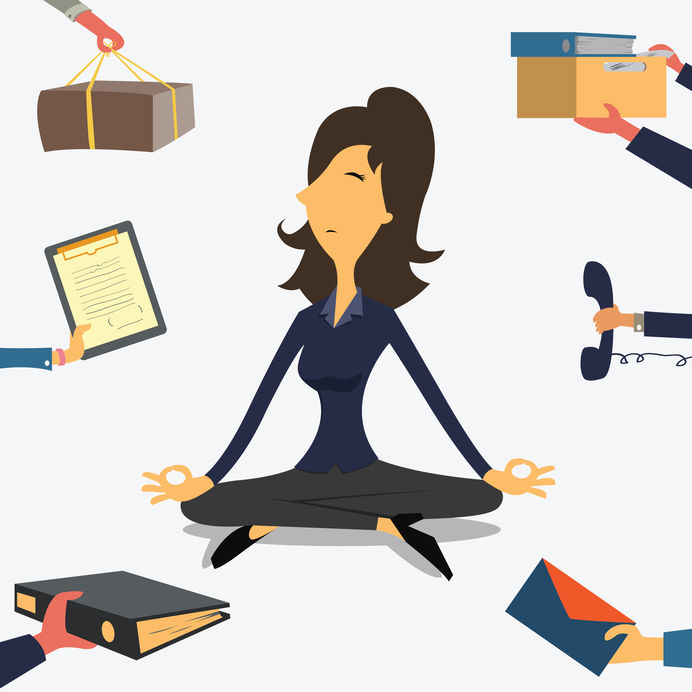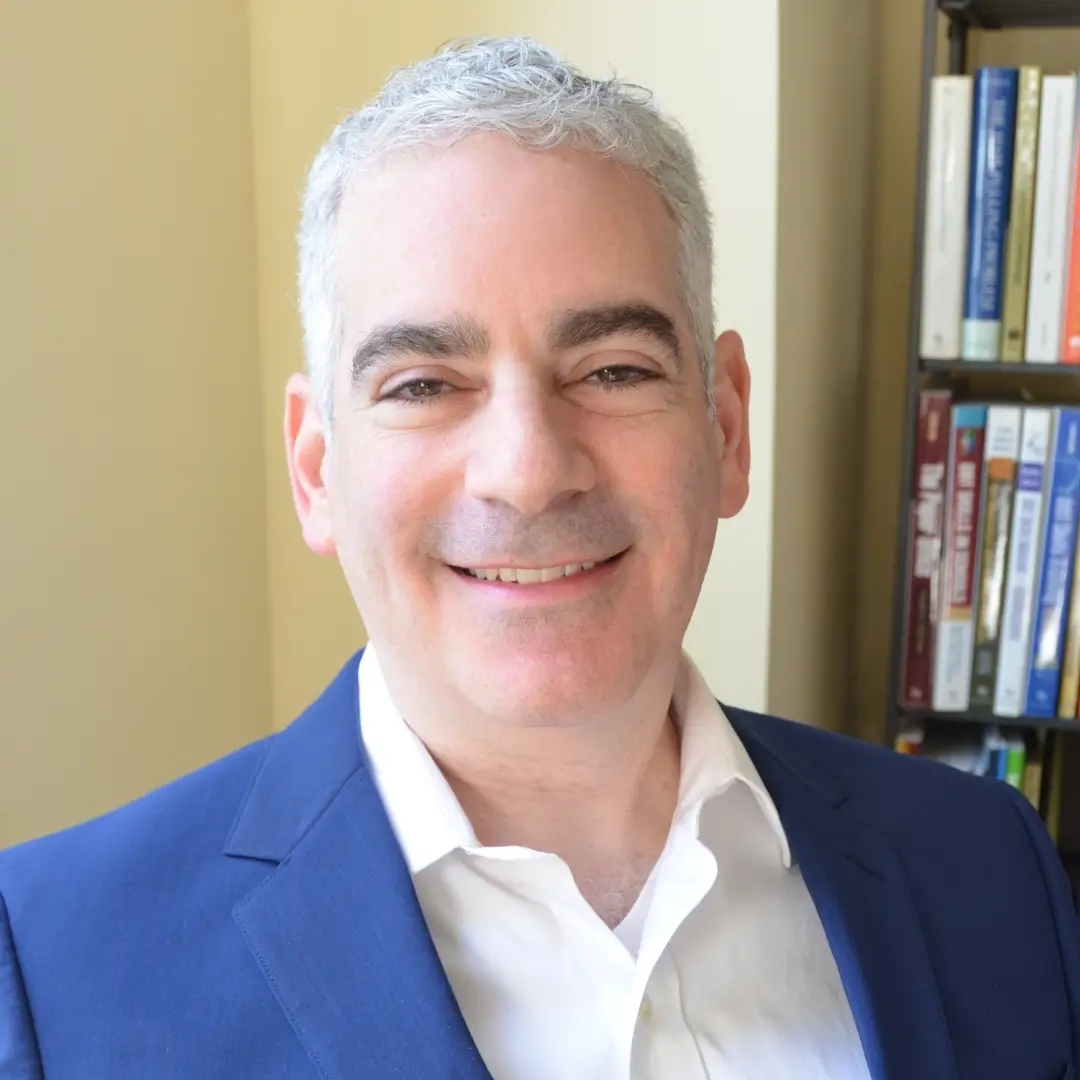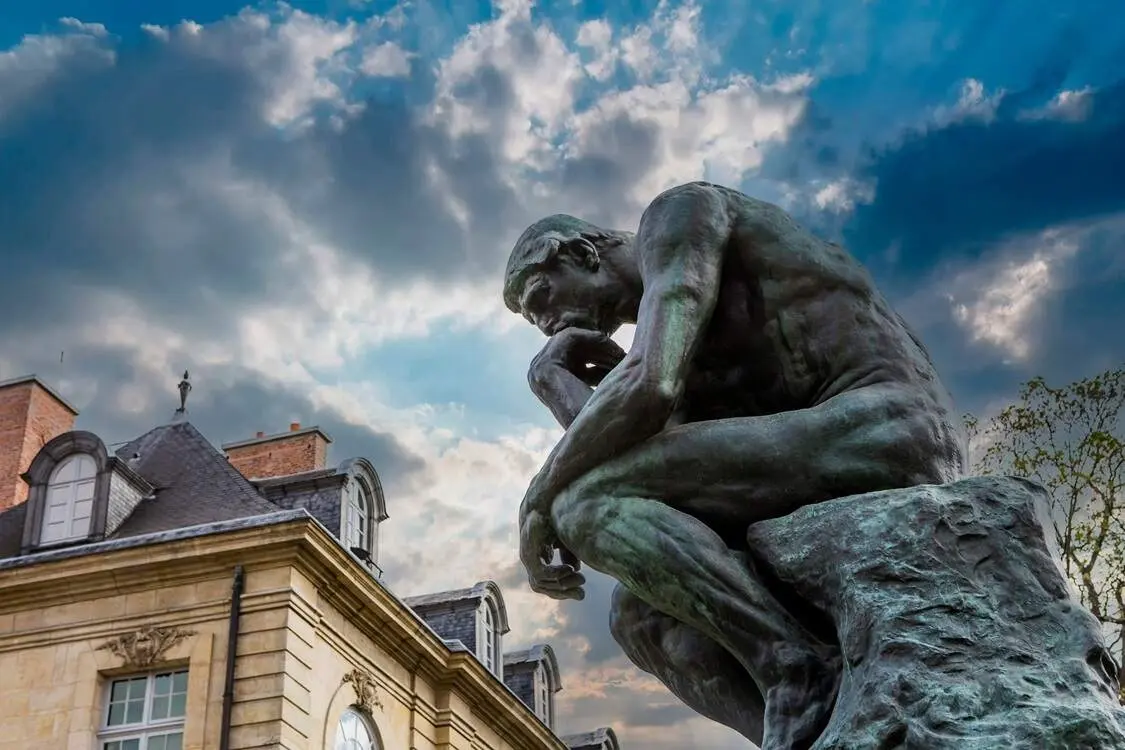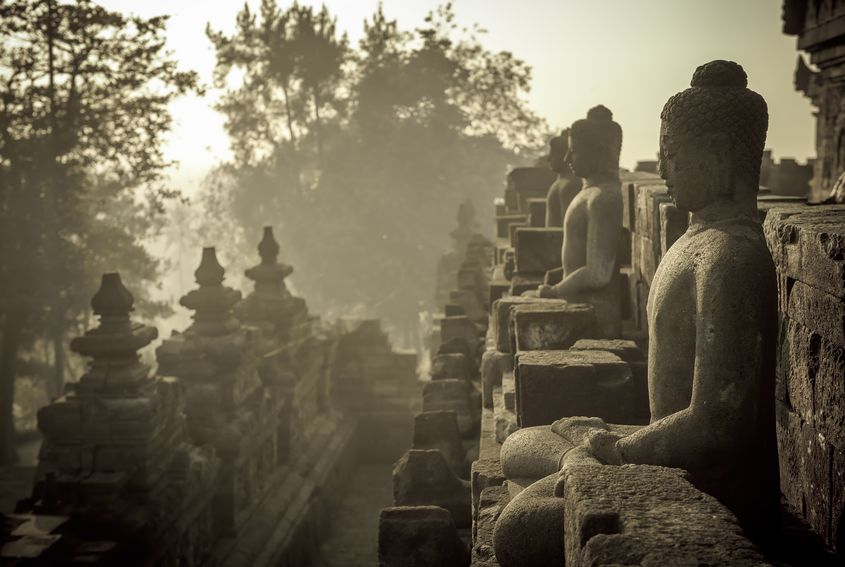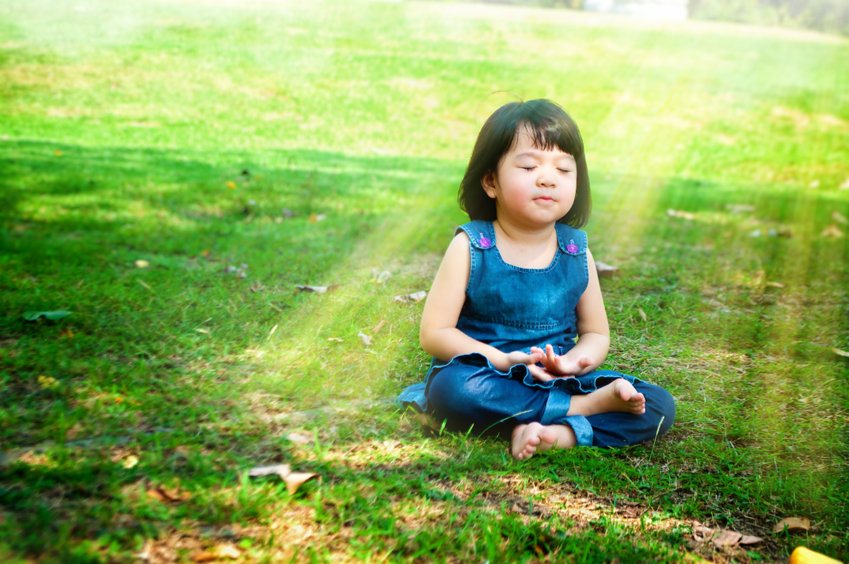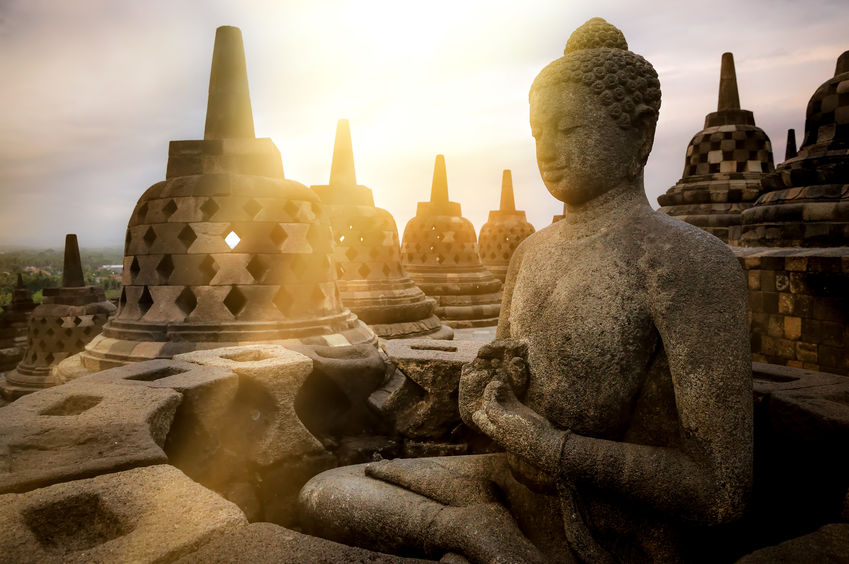Meditation: A Great Habit to Start During the Coronavirus Lockdown
College students nationwide are feeling the strain of the COVID-19 pandemic. If you’re stuck at home and feeling stressed, meditation can help. Learn how.
Much has been written about how to take care of yourself during the current coronavirus pandemic and resulting lockdowns. Get exercise, stay in touch with friends, maintain a routine… these are all good ideas. But students can benefit from one self-care habit that has been getting less attention than it deserves: mindfulness meditation.
Mindfulness is often described as part of a healthy overall approach to life. And it is! Meditation has been proven to help strengthen various aspects of our health and to improve our ability to cope with stress. The problem is that it’s hard to squeeze in time for meditation in the midst of students’ usual busy lives.
The coronavirus has disrupted all of our routines. Some students don’t have the summer jobs or classes that would have taken them outside the home. Others have to do classes or work from home, spending a lot more family time than they’d planned to. If you find yourself less busy, the lockdown is the perfect time to start a daily meditation practice. If you’re dealing with more than before, then meditation can be an essential new tool to help you manage stress — and it doesn’t need to take more than a few minutes, as you’ll read below.
The News Is Stressing Me Out! Can Meditation Help?
Yes! It’s true the news has been more concerning than usual in the past few weeks as life across the globe has been upended. Many people say that the more news they watch, the more stress and anxiety they feel. Meditation cannot offer us a respite from reality, as some might expect. But it can help us become aware of how, in an important way, our stress and anxiety largely happen because of what our minds do, as opposed to what’s happening in the world. In meditation we practice being in the present moment and extricating ourselves from our thoughts. By doing so, we unravel our stress and anxiety. The more we meditate, the more grounded and stable we feel over time.
How to Meditate
Where to do it
The first thing you’ll need is a place to meditate — preferably a quiet one where you know you’ll not be disturbed. You can sit in a chair or on a pillow or cushion. Ideally it would be a cushion designed for meditation such as a zafu, although this can be challenging for those of us who are not as young and limber as we used to be. If you sit on a chair, find one with a level seat that’s not too soft, and don’t lean against the back of the chair. Sit with both feet flat on the floor and your legs uncrossed.

The physical part
Whether you’re in a chair or on a cushion, sit with your back straight. There should be a tiny inward curve in your lower back. Your shoulders should be back a little bit. Your elbows should be directly below your shoulders. Put your palms down on your thighs. If you’re sitting on a cushion or pillow, make sure your knees are even with or below your hips (not like the woman pictured below!) or else your back will soon start to hurt.
You can either close your eyes or keep them open, but direct your gaze 4-8 feet in front of you. (If you close your eyes and find yourself falling asleep, meditate with them open.) The posture should feel sustainable – as if you could stay in that position for ten minutes without being in pain.

The mental part
Focus on your breathing. Pay attention to it as if it was the most important thing that ever happened. Try to keep your attention on it if you can. Notice what the air feels like coming into your nostrils, down into your chest, and down into your belly. Notice when you exhale whether the air leaves first from your abdomen or chest. Is there is a pause between exhalation and inhalation? Try to notice as much as possible — the more you’re noticing, the more mindful you’re being.
Inevitably, your attention will wander. Maybe you’ll start thinking about how hard or easy meditation seems. Once you notice that, your attention has left the breath; notice that and gently bring your attention back to your breathing as described above.
Your attention will probably wander dozens of times or more in just a couple minutes of meditation — that’s fine! Your goal is the noticing of the wandered attention, not the preventing of it. (For a more detailed instruction on how to meditate, see our page on mindfulness.)
Starting a Meditation Habit During the Lockdown

Meditation practice is best done on a daily basis. How long to meditate is a matter of some debate, but if you can, try starting at ten minutes daily. See how it goes. Start small, and work your way up as feels comfortable. If not, try starting with just two minutes of sitting meditation a day — but make them count! Plan on expanding to ten minutes once your schedule allows.
Metta Meditation
If you’re wondering whether you can bring the current global health crisis into your meditation practice, one way to do it is with metta meditation. (Metta meditation is also known as loving-kindness meditation; see brief instructions here.) Metta meditation is a variant of mindfulness meditation; think of it as an optional addition to the mindfulness meditation described above.
In metta meditation we cultivate goodwill and care toward ourselves and others. In that way, it is the perfect meditation to tap into what many of us are feeling toward those who have died, and the suffering of others.
Special coronavirus meditation tip
Try this: edit the metta instructions to include specific consideration of those who are sick, those who have lost loved ones, and those who are working in hospitals treating patients with the virus. You might find it a great way to channel concern for these people into something more profound. It’s a nice way to let the coronavirus add meaning to your new meditation habit.
The author is a psychologist and certified meditation instructor.
Subscribe to the Manhattan Center for Cognitive-Behavioral Therapy blog!


